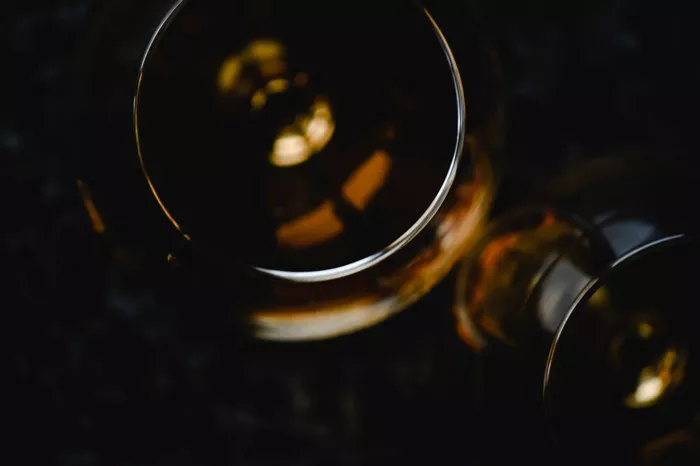In the realm of mixology, few categories of beverages carry the mystique and allure quite like the enigmatic tiki cocktail. Originating in the 20th century and popularized by legendary figures like Donn Beach and Trader Vic, these libations have evolved into an emblem of exotic flavors, elaborate presentations, and a culture steeped in escapism. Exploring the depths of history, ingredients, preparation techniques, and modern-day resurgence illuminates the multifaceted answer to the question: What is a tiki cocktail?
Historical Origins and Evolution
To comprehend the essence of a tiki cocktail, delving into its historical genesis proves indispensable. Emerging in the 1930s in the United States, these concoctions were the brainchild of Donn Beach and Trader Vic, who established their respective bars—Don the Beachcomber and Trader Vic’s—ushering in a new era of imbibing experiences. The term “tiki” itself stems from the Maori mythology, referring to revered ancestors or deities, which inspired the thematic elements of these establishments.
At its core, a tiki cocktail is more than just a drink; it’s an immersive experience. These libations were crafted to transport patrons to a tropical paradise, blending exotic flavors, elaborate garnishes, and thematic presentations that evoked visions of distant islands and carefree indulgence. The early recipes were often complex, incorporating an array of rums, fresh fruit juices, syrups, and spices—a fusion that birthed the distinctive tiki flavor profile.
Key Ingredients and Flavor Profile
Central to the identity of a tiki cocktail are its unique ingredients, which amalgamate to produce a flavor symphony that tantalizes the taste buds. While rum serves as the foundational spirit, tiki cocktails showcase a melange of different rum styles—light, dark, aged, or overproof—layering flavors and complexities.
Complementing the rum, an assortment of fruit juices—pineapple, lime, orange, and grapefruit—contribute to the characteristic tanginess and refreshing nature of these libations. Furthermore, the addition of syrups such as orgeat, falernum, and passion fruit infuses sweetness, depth, and a hint of tropical allure.
One cannot overlook the significance of spices and aromatic elements like cinnamon, nutmeg, cloves, and mint, which punctuate the concoction with layers of complexity, lending depth and an exotic allure. The careful balance of these ingredients defines the quintessential tiki flavor—vibrant, multifaceted, and refreshingly distinctive.
The Art of Preparation and Presentation
Crafting a tiki cocktail is not merely about mixing ingredients; it’s a choreographed performance that marries craftsmanship with theatrics. The preparation process itself is an art form—a careful orchestration of layering flavors, textures, and aromas.
A hallmark of tiki cocktails is the elaborate garnishes and vessels that elevate the drinking experience to a theatrical spectacle. Ceramic mugs resembling carved tikis, hollowed-out pineapples, or coconut shells brimming with colorful concoctions adorned with vibrant umbrellas, exotic fruits, and fresh herbs are iconic emblems of the tiki culture.
Techniques like shaking, swizzling, or flash blending are employed to amalgamate the diverse elements harmoniously. The use of crushed ice not only chills the drink but also dilutes it gradually, ensuring a balanced sipping experience as the flavors unfold and evolve.
Cultural Influence and Global Resurgence
While the heyday of tiki culture experienced a decline in the latter half of the 20th century, a contemporary renaissance has breathed new life into these exotic libations. The allure of escapism, coupled with a renewed appreciation for craft cocktails, has led to a resurgence of tiki bars and mixologists embracing the art of tiki drink-making.
Beyond its American origins, the global impact of tiki culture is unmistakable. From London to Tokyo, mixologists are reimagining and innovating upon classic tiki recipes, infusing local ingredients and cultural nuances while staying true to the core elements that define a tiki cocktail. This resurgence not only pays homage to the classics but also propels the evolution of tiki culture into the modern era.
Modern Interpretations and Innovations
In the contemporary landscape of mixology, tiki cocktails continue to evolve and adapt to the changing palate preferences and ingredient availability. Modern interpretations often emphasize sustainability, using locally sourced and seasonal ingredients to craft innovative tiki libations that retain the essence of escapism while embracing a more environmentally conscious approach.
Moreover, advancements in mixology techniques, such as fat-washing spirits or utilizing sous-vide infusion, have opened avenues for experimenting with flavors, textures, and presentations in ways previously unexplored. This spirit of innovation keeps the tiki culture dynamic, ensuring its relevance and appeal to a new generation of cocktail enthusiasts.
The Unwavering Allure of Tiki Cocktails
In conclusion, the enigmatic charm of a tiki cocktail transcends its mere ingredients and preparation techniques. It encapsulates a sensory journey, an escape to a bygone era of tropical mystique and carefree indulgence. Rooted in history yet ever-evolving, these libations continue to captivate and enthrall, inviting enthusiasts to partake in a spirited voyage of flavors and fantasies.
What is a tiki cocktail, then? It’s an embodiment of escapism, a fusion of exotic flavors, an artful presentation, and a cultural phenomenon—a libation that transcends time, tantalizing the senses and beckoning all to immerse themselves in its alluring embrace.


